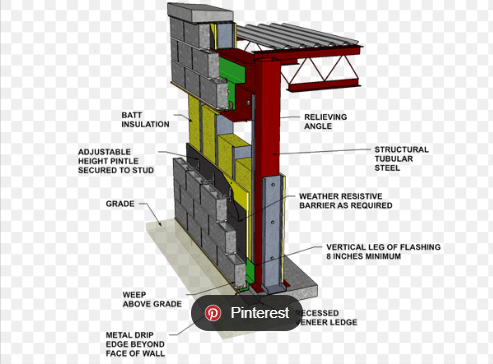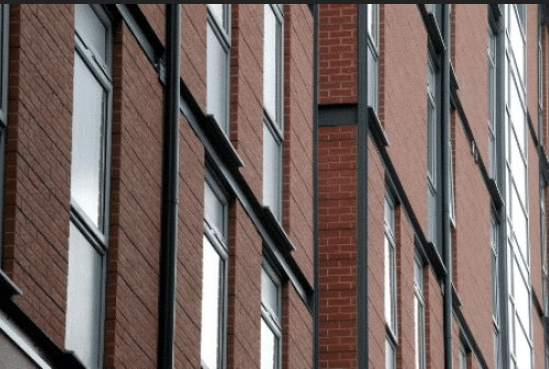planc
Structural
- Mar 3, 2022
- 64
Dear Experts,


I saw the above building under construction while driving in the street yesterday (I parked at the side and took pictures). This is very common in my neighborhood. May I know why I couldn't find pictures of any steel frame building with masonry exterior wall anywhere in the internet?
And why do many have not build such for example, BARetired?


I saw the above building under construction while driving in the street yesterday (I parked at the side and took pictures). This is very common in my neighborhood. May I know why I couldn't find pictures of any steel frame building with masonry exterior wall anywhere in the internet?
And why do many have not build such for example, BARetired?





